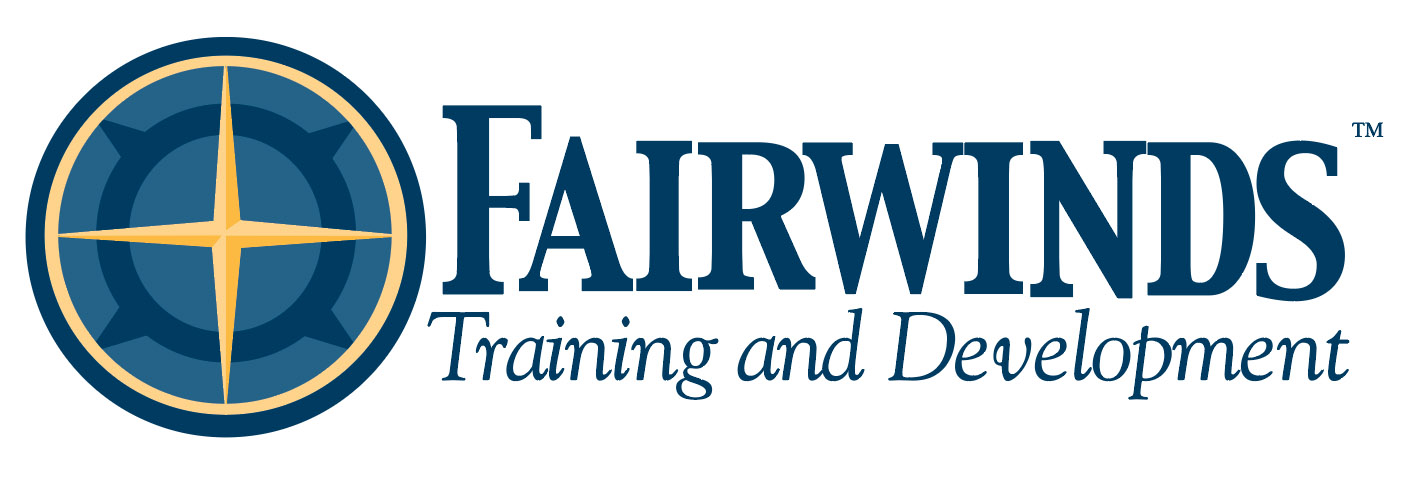Attracting and retaining top talent is a challenge that many organizations face. While finding the right people with the right skills is important, it’s only part of the equation. As John and Alain recently discussed, leadership, team dynamics, and culture play a massive role in whether people stay and thrive in an organization.
It Starts Before the Job Posting
“Attraction, selection, and retention—it literally starts from the minute you decide that you need to fill a position,” Alain pointed out. Too often, hiring managers take an old job description, tweak it slightly, and post it online. But the process should start with a deeper reflection: What competencies does the role require? How does this person fit into the company’s culture? The way a job is presented—through its description, interview process, and onboarding—sets the tone for the entire employee experience.
More Than Just a Paycheck: The Power of Relationships
“We’re so focused on technical skills, and we think that’s what gets us over the top,” John said. “But really, it’s relationships that drive business. Relationships win or lose in leadership, team dynamics, and culture.”
The reality is that people don’t leave companies; they leave bad managers and toxic cultures. A paycheck might attract talent, but it’s the environment that makes them stay. Leaders need to foster strong relationships with their teams and create a culture where employees feel connected, valued, and understood.
The Critical First Few Weeks
Studies show that employees decide whether they’ll stay with a company within the first few weeks of employment. John recalled a stat he once came across: “It was staggering—something like two weeks. They might not physically leave in that time, but they check out mentally.”
This is why onboarding is so critical. “I’ve heard so many stories where someone’s first day on the job is just, ‘Here’s a stack of manuals, read this, let me know if you have any questions,'” Alain noted. That kind of impersonal introduction makes employees feel like a number, not a valued team member.
Instead, onboarding should be an extension of recruitment, reinforcing the company’s values and culture. Leaders should be actively involved, not just HR. Assigning a mentor or a buddy, having leadership check-ins, and making sure new hires feel welcomed can make all the difference.
Beyond the First 90 Days: Leadership and Consistency
Attracting talent is one thing; keeping them engaged is another. “Probably the most important thing we can do beyond those first 90 days is be consistent,” Alain emphasized. “A lot of companies get the onboarding part right, but then, after 90 days, all the check-ins and coaching disappear.”
John shared a personal lesson: “I once got feedback from my team in a 360 evaluation that sometimes they felt like I didn’t really care about them. And that hurt, because caring about people is kind of my thing. But the reason they felt that way? I would cancel one-on-one meetings when other priorities came up. I didn’t realize how much that consistency mattered.”
Being a leader means being present—not just when there’s a problem, but in the everyday moments that build trust and connection.
Holding People Accountable While Building Trust
One of the biggest misconceptions about strong relationships at work is that they prevent accountability. But John challenged that idea: “Some leaders think, ‘I can’t be too close to my team because if I have to hold them accountable, it’ll be harder.’ But don’t you think they’ll know that? And don’t you think the fact that they know you care about them will actually make it easier?”
When employees trust that their leader genuinely has their best interests at heart, even difficult conversations can be productive. Alain put it simply: “It’s like getting advice from a close friend or family member. You might not like hearing it, but you know they care, and that makes all the difference.”
The Bottom Line: Be Human
At the end of the day, leadership isn’t about managing tasks—it’s about guiding people. “If we just started with treating people like humans—really investing in them, talking to them, making them feel valued—what might actually happen?” John asked.
Attracting and retaining top talent isn’t just about salary, benefits, or job descriptions. It’s about building strong relationships, creating a culture of trust, and consistently showing up for your people. Because when employees feel connected, valued, and supported, they don’t just stay—they thrive.

